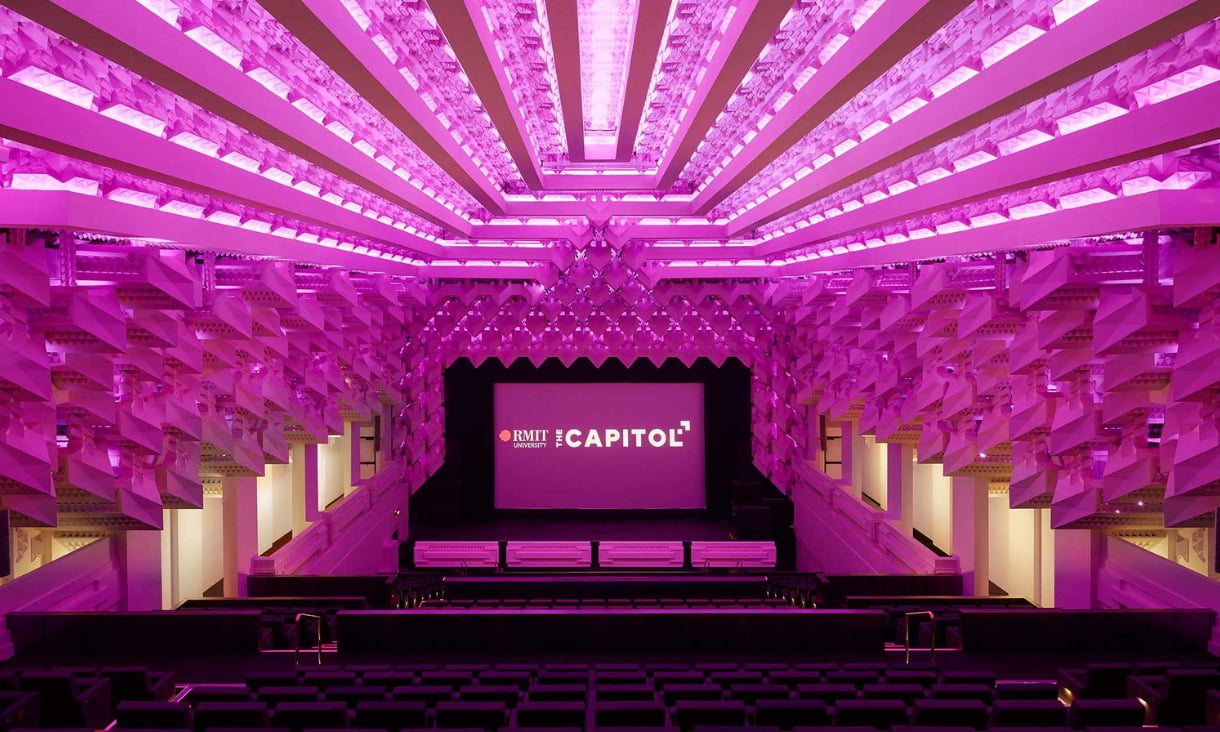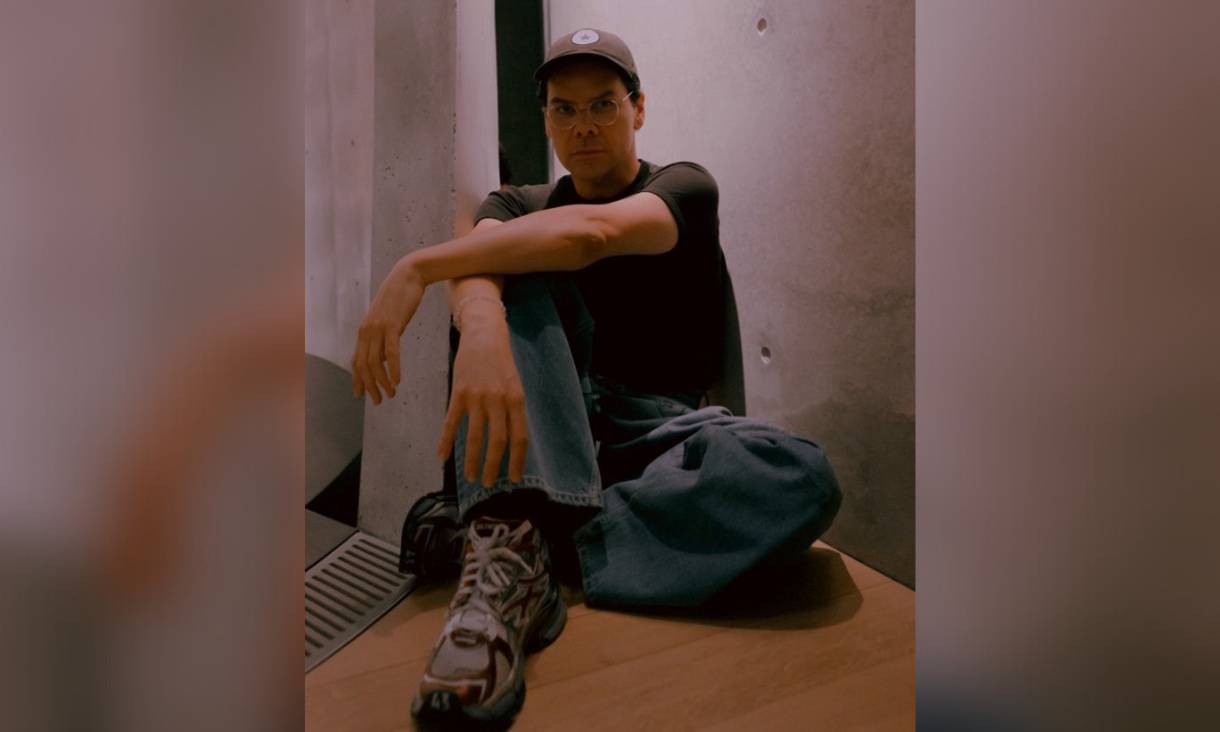Video artists, filmmakers and dabblers in the craft are being called on to contribute their discarded works to the project.
“The idea is that there’s a lot of video art out there that’s been kind of abandoned,” says Scott, who is also a local programmer, producer and RMIT Vice Chancellor’s scholar.
“It’s work that people have made for an exhibition, and it’s shown once and then it’s just sitting collecting dust on a shelf, or they may have not continued being an artist, or it’s just from a really early stage of their practice if they still are an artist.
“What I want to do is bring these works together, as an archive that tells the story of – and celebrates – the medium.”
Over the coming months, Scott will be collecting and sorting through video footage donated by the public in all formats, from old VHS and Beta Cam, to mini-DV and DVD, Blu-Ray and digital files.
As head librarian, Scott says anything she can source a player for will be catalogued and made available for loan as she attempts to represent the trajectory of the moving image through various formats over time.
“When I first started making video art in art school I would hand in my homework on VHS tapes, but over the course of my three-year degree, it all started to shift, so we moved to Mini-DV tape, and then after I graduated, even Mini-DV tape became obsolete,” she says.
“Nowadays, you just shoot to card, and it’s become a completely ephemeral medium again.
“That constant shifting ground can be quite unsettling for the people using it, and quite hard to keep up with.
“So I’m really interested in how we deal with all this detritus from the past of this medium, and in what the through line is that makes it the same medium even though it’s changed its physical form so many times.”
Equally, Scott says, Video Art Video Shop is a tribute to the now-extinct video store, and its influence on artistic communities.
“The video shop was definitely the place where I fell in love with culture and art.
“It was the ultimate democratic cultural space - for a lot of people it would have been way more accessible than a public museum.
“Even a really average Blockbuster or Video Ezy would have had quite a significant collection of films across different decades and genres. It would have had Hollywood new releases, Australian films, the classics, and an art-house section, for example.
“So you would be exposed to a whole bunch of stuff that you weren’t expecting to be exposed to, that you didn’t know you would be exposed to, and that’s definitely had a significant role in my cultural education.”





